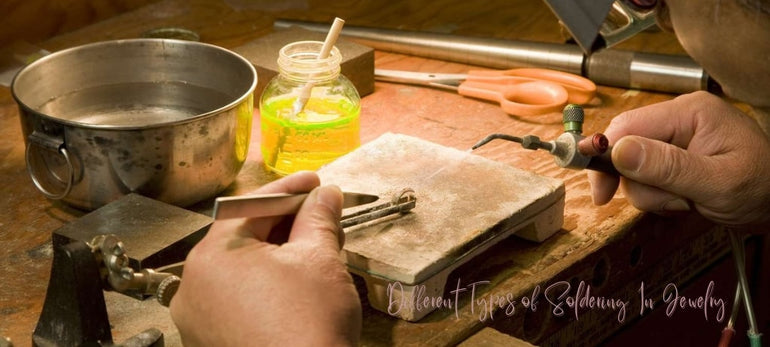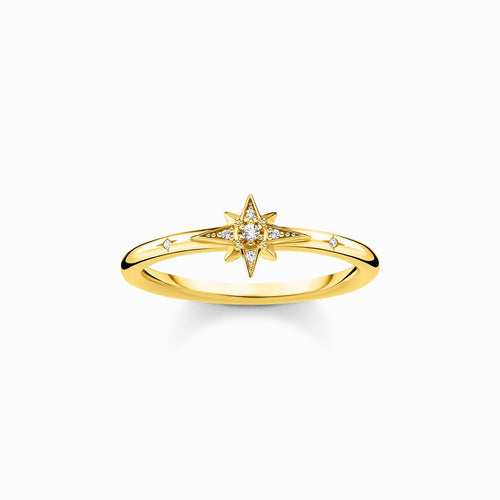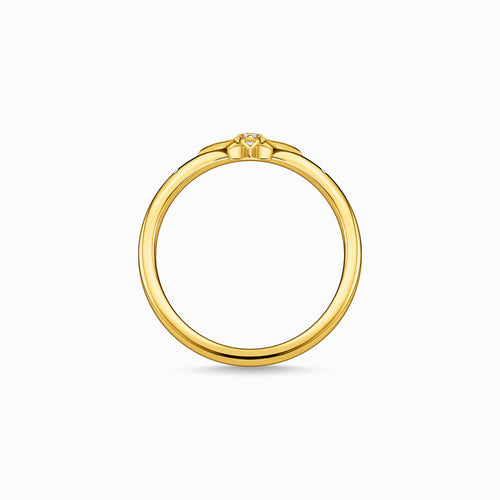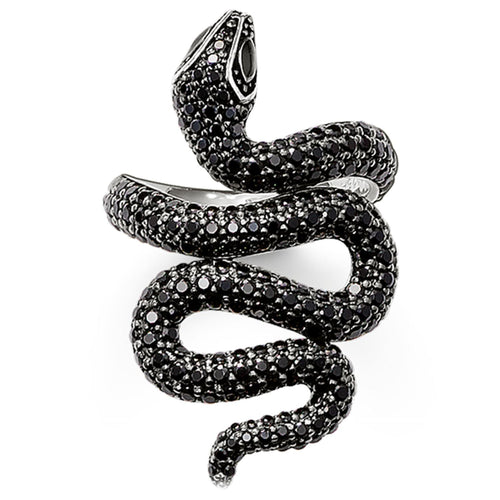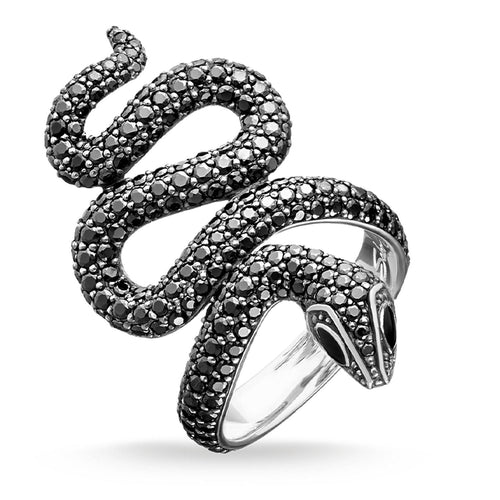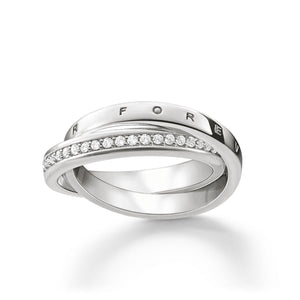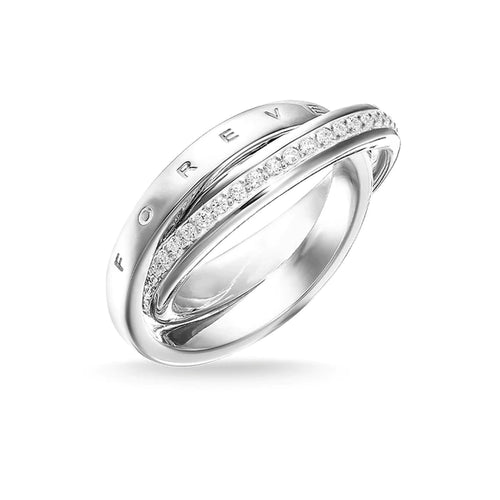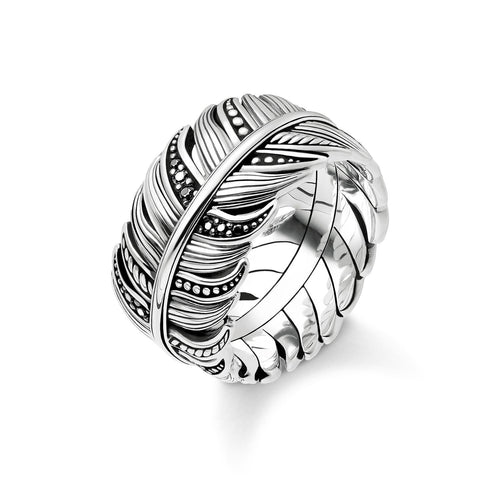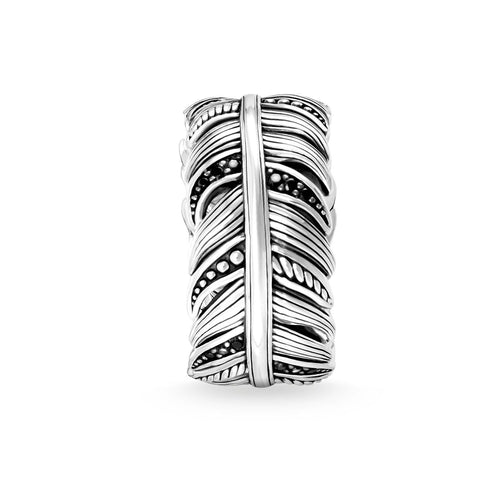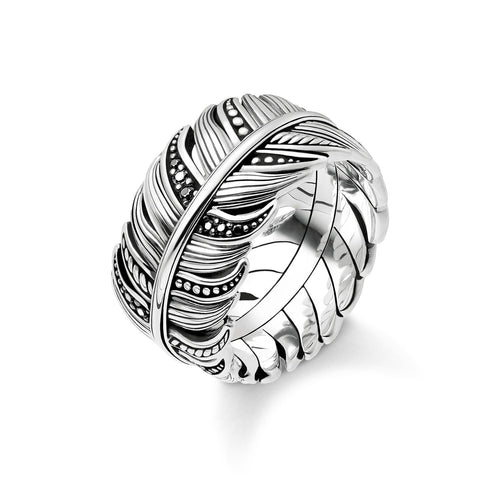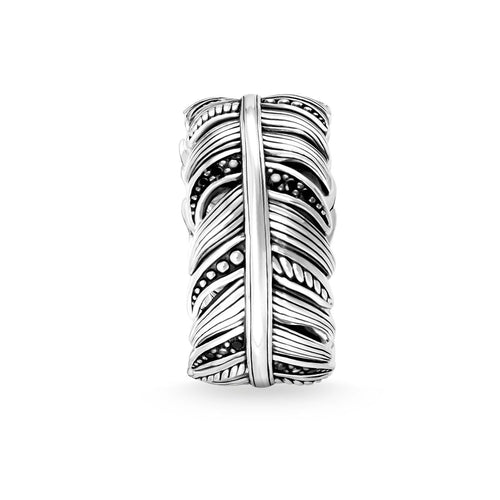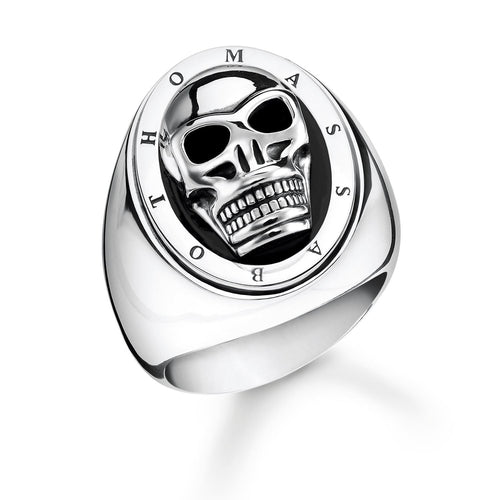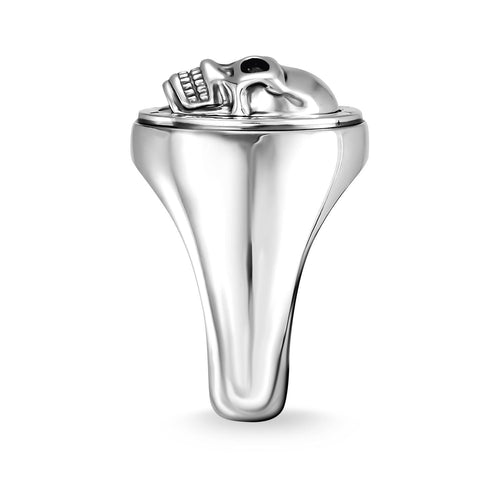Jewelry making is an intricate craft that requires precision and skill, especially when it comes to soldering. Understanding the different types of soldering techniques is essential for creating durable and beautiful pieces. This guide delves into various soldering methods, including silver solder, sterling silver solder, and wire solder. Each technique has unique properties and applications, making it crucial for jewelers to choose the right method for their projects.
Key Takeaways:
-
Silver solder and sterling silver solder are commonly used in jewelry making for their strength and aesthetic appeal.
-
Wire solder is versatile and ideal for delicate work.
-
Understanding the properties of medium solder and other types of solder is vital for achieving desired results.
By mastering these soldering techniques, jewelers can enhance their craftsmanship and produce exquisite jewelry pieces.
What are the Different Types of Soldering in Jewelry?
Soldering is a fundamental technique in jewelry making, essential for creating strong, durable connections between metal pieces. By heating a solder or alloyed metal together until it melts and flows into the joint, jewelers can achieve a seamless bond. This process involves various types of soldering, each with unique applications and benefits. Let’s explore some of the key types:
-
Silver Solder: Widely used for its strength and aesthetic appeal, silver solder comes in different forms, such as paste solder and sheet solder. It’s perfect for jewelry making involving silver and gold components.
-
Medium Solder: With a melting point between hard and easy solders, medium solder is ideal for sequential soldering tasks where multiple joints are needed. This prevents previously soldered joints from melting again.
-
Solder Wire: Flexible and easy to use, solder wire is great for detailed work on fine silver and sterling silver pieces. It's a favorite among many jewelers.
-
Gold Solder: Specifically formulated for gold jewelry, this type ensures a good color match and a strong bond. It’s essential for working with precious metals.
-
Lead Solder: Although less common due to health concerns, lead solder is still used in some traditional techniques. Lead-free solder is a safer alternative, offering similar benefits without the risks.
-
Hard Solder: Known for its high melting point, hard solder is used in projects requiring exceptional strength. It's commonly used in making jump rings and other components that need to remain solid under stress.
-
Soft Solder: Ideal for electronics soldering and delicate projects, soft solder has a lower melting point, making it less suitable for high-stress joints but perfect for intricate designs.
-
Soldering Iron: An essential tool in the soldering process, a soldering iron heats the solder to the right temperature, ensuring smooth solder flow and a strong joint.
Selecting the right type of solder is crucial for achieving the desired results in your projects. Factors like the melting point, material compatibility, and specific application play a significant role. For instance, soldering gold requires a different approach than working with copper pipes or alloyed metals.
In addition to choosing the right types of solder, using proper tools like a soldering pick and a soldering board can significantly enhance your craftsmanship. Understanding these different soldering techniques and materials will not only improve your skills but also ensure that your jewelry pieces are both beautiful and durable.
Silver Solder
Silver solder is a cornerstone in jewelry making, prized for its strength and versatility. Composed primarily of silver, with other metals like copper and zinc added to lower the melting point, silver solder comes in various forms, including solder wire, paste solder, and sheet solder. This makes it adaptable to a wide range of applications, from creating delicate jewelry pieces to repairing metal surfaces.
Silver solders are commonly used in soldering both silver and gold jewelry, ensuring a seamless and durable solder join. They flow smoothly at a relatively lower temperature, making them ideal for intricate work where precision is key. Whether you're working on jump rings, chain links, or detailed settings, silver solder provides a reliable bond without compromising the integrity of the entire piece itself.
Benefits of Silver Solder:
-
Strength and Durability: Offers a strong permanent bond that can withstand daily wear.
-
Versatility: Suitable for use with various metals, including fine silver and sterling silver.
-
Low Melting Point: Reduces the risk of damaging the original material, making it perfect for detailed work.
Limitations of Silver Solder:
-
Cost: Generally more expensive than other solders like lead solder or soft solder.
-
Color Match: May not always match perfectly with certain alloys or precious metals.
Using silver solder effectively requires the right tools and techniques. A good soldering iron and a soldering board are essential for controlling solder flow and achieving a clean, strong joint. Many jewelers prefer silver solder for its ease of use and the high-quality results it produces. However, it's important to choose the right type of solder for each project, whether it's medium solder for layered work or easy solder for quick fixes.
In summary, silver solder is a vital material in the soldering process, offering a balance of strength, flexibility, and precision. By understanding its properties and applications, you can enhance your jewelry making skills and create beautiful, durable pieces that stand the test of time.
Sterling Silver Solder
When working with sterling silver, it's crucial to use the right solder to maintain the quality and appearance of your jewelry. Sterling silver solder is specifically formulated to work with sterling silver alloys, ensuring a seamless solder join and a strong, durable bond.
Characteristics of Sterling Silver Solder
Sterling silver solder typically contains a higher silver content than other silver solders used, along with small amounts of copper and zinc to adjust the melting point. This composition ensures that the solder melts at a slightly lower temperature than the sterling silver itself, which helps to protect the original material during the soldering process.
Differences from Other Types of Silver Solder
Unlike fine silver solder, which is nearly pure silver, sterling silver solder is designed to match the color and properties of sterling silver jewelry. This makes it ideal for repairs and new creations alike, as it provides a consistent finish that blends seamlessly with the rest of the piece. Additionally, sterling silver solder is available in various forms, including solder wire, paste solder, and sheet solder, giving you flexibility depending on your project’s needs.
Tips for Using Sterling Silver Solder Effectively
-
Prepare Metal Surfaces: Ensure that all metal surfaces are clean and free of oxides. Use a flux to promote solder flow and prevent oxidation during heating.
-
Control Heat: Use a soldering iron or torch to heat the joint evenly. Too much heat can cause the solder to flow improperly or damage the metal pieces.
-
Choose the Right Solder Type: For complex projects, start with a hard solder for initial joins, then move to medium solder and finally easy solder to avoid remelting earlier joints.
-
Use a Soldering Board: A soldering board helps to control the heat and provides a stable surface for your work.
By mastering these techniques, you can create beautiful jewelry that showcases the unique properties of sterling silver. Whether you’re working on jump rings, chain links, or intricate settings, sterling silver solder ensures a professional finish and lasting durability.
Wire Solder
Wire solder is a versatile and essential tool in the world of jewelry making. It is typically made from various solder alloys, including silver, gold, lead-free, and other precious metals. The wire form allows for precise application, making it ideal for detailed work and complex solder joins.
What is Wire Solder and How is it Made?
Wire solder is created by alloying metals like fine silver, copper, and sometimes zinc. These metals are melted together and then drawn into thin, flexible wires. The melting point of the solder depends on its composition, with different melting points and types available for specific applications, such as medium solder, easy solder, and hard solder.
Common Uses in Jewelry Making
Wire solder is incredibly useful for creating and repairing jewelry pieces. Its flexibility and precision make it perfect for tasks such as solder jewelry here:
-
Attaching jump rings: Ensuring secure connections in chain links and clasps.
-
Setting stones: Delicate work requiring precise solder flow to avoid damaging the stones.
-
Repairing breaks: Quickly and effectively mending broken metal parts and metal pieces.
Silver and gold solder wires are especially popular for high-quality jewelry, providing a strong bond and a seamless finish.
Best Practices and Tips for Using Wire Solder
-
Clean Metal Surfaces: Always start with clean metal surfaces. Use a separate flux to promote proper solder flow and prevent oxidation.
-
Control the Heat: Use a soldering iron or torch to heat the joint evenly. Ensure the solder melts and flows into the joint without overheating.
-
Use the Right Solder Type: Match the solder to the project’s needs. For instance, medium solder is great for initial joins, while easy solder can be used for final touches without remelting previous joins.
-
Stabilize Your Work: A soldering board helps keep your piece steady, allowing for precise work.
In summary, wire solder is an invaluable tool for any jeweler, offering flexibility, precision, and reliability. By understanding how to use it effectively, you can enhance your jewelry making skills and create beautiful, durable pieces that stand the test of time.
Medium Solder
Medium solder is an essential tool in jewelry making, sitting perfectly between hard solder and easy solder in terms of its lower melting point itself. This versatile solder alloy is ideal for projects that require multiple soldering stages, as it helps prevent previously soldered joints from remelting.
Definition and Properties of Medium Solder
Medium solder is a blend of fine silver, copper, and sometimes zinc, designed to melt at a moderate to high temperature throughout. This type of solder offers a balance between strength and ease of use, making it suitable for various metal surfaces. It provides a reliable solder join without compromising the integrity of the original material.
Comparison with Hard and Easy Solder
-
Hard Solder: Has a higher melting point, making it suitable for initial joins and pieces that require high durability.
-
Easy Solder: Melts at a lower temperature, ideal for final touches and quick repairs without affecting previous joints.
-
Medium Solder: Falls between the two, offering a moderate melting point that is perfect for intermediate steps in the soldering process.
Specific Applications and Tips for Using Medium Solder
Medium solder is particularly useful for:
-
Layered Soldering: Ideal for projects with multiple stages, ensuring that earlier joins remain solid while you work on new ones.
-
Complex Pieces: Suitable for intricate designs where precision is crucial, such as jump rings and chain links.
-
Gold and Silver Jewelry: Works well with silver and gold solder, providing a strong bond that blends seamlessly with precious metals.
Tips for Using Medium Solder
-
Clean Metal Surfaces: Always clean metal surfaces thoroughly and apply a separate flux to promote proper solder flow.
-
Control the Heat: Use a soldering iron or torch to heat the joint evenly, ensuring that the solder melts properly without overheating the metal pieces.
-
Stabilize Your Work: Use a soldering board to keep your piece stable, allowing for precise application of the solder.
In summary, medium solder is a versatile and reliable choice for jewelry making, offering the perfect balance between hard solders and easy solders. By mastering its use, you can create intricate and durable jewelry pieces that showcase your craftsmanship.
Additional Types of Soldering in Jewelry
In jewelry making, selecting the right type of solder is crucial for achieving strong and aesthetically pleasing results. Here, we explore some additional types of soldering materials and their unique properties and applications.
Hard Solder
Hard solder has a high melting point low temperature, making it ideal for creating durable solder joins. It’s commonly used for initial joins in projects that require multiple stages of soldering.
Properties and Uses:
-
Durable and strong: Perfect for components that need to remain solid, like jump rings and chain links.
-
High melting point: Suitable for the first stages of complex projects.
Best Practices:
-
Use a soldering iron or torch to heat the joint evenly.
-
Ensure metal surfaces are clean and fluxed to promote proper solder flow.
Easy Solder
Easy solder melts at a lower temperature, making it ideal for final touches and quick repairs.
When and Why to Use Easy Solder:
-
Final joins: Avoids remelting previous joins.
-
Quick repairs: Efficient for mending small breaks.
Benefits and Drawbacks:
-
Benefits: Quick melting, easy to work with.
-
Drawbacks: Less durable than hard solder.
Gold Solder
Gold solder is specially formulated for use with gold jewelry, ensuring a seamless bond and color match.
Special Considerations:
-
Compatibility: Works well with both gold and silver and gold solder pieces.
-
Cost: More expensive due to high gold content.
Common Applications:
-
High-end jewelry: Ensures aesthetic consistency and durability.
Lead-Free Solder
Lead-free solder offers environmental and health benefits, as it does not contain harmful lead.
Environmental and Health Benefits:
-
Safer: No lead, reducing health risks.
-
Eco-friendly: Better for the environment.
Uses in Jewelry Making:
-
General use: Suitable for most soldering tasks.
-
Preferred method: Many jewelers prefer lead-free options for safety.
Soft Solder
Soft solder is used in electronics soldering and for delicate jewelry pieces where a strong bond is not as critical.
Characteristics and Limitations:
-
Low melting point: Easy to melt and apply.
-
Limited strength: Not suitable for high-stress joints.
Specific Use Cases:
-
Electronics: Connecting wires and components.
-
Delicate repairs: Ideal for fine, detailed work.
By understanding these additional types of soldering materials, jewelers can select the right solder for each project, ensuring the best combination of strength, aesthetics, and functionality. Each solder alloy has its unique properties, and knowing when to use hard, easy, gold, lead-free, or soft solder will enhance the quality and durability of your jewelry creations.
Essential Tools and Materials for Jewelry Soldering
Creating stunning jewelry requires not only skill but also the right tools and materials. Let's dive into the essential items you'll need for effective jewelry soldering.
Key Tools Needed for Soldering
-
Soldering Iron: A must-have for any jeweler, this tool heats the solder alloy until it melts, allowing it to flow into the solder join. It's particularly useful for delicate tasks and precise work.
-
Soldering Pick: This handy tool helps position the solder and manipulate metal pieces during the soldering process.
-
Soldering Board: Provides a stable, heat-resistant surface for your work, ensuring safety and precision.
-
Pick Soldering: This technique uses a fine pointed tool to precisely apply solder to small areas, especially useful for intricate designs and jump rings.
Different Forms of Solder
-
Solder Wire: Flexible and easy to use, solder wire is ideal for detailed work and repairs. It’s great for both silver and gold solders, providing a strong bond.
-
Sheet Solder: Cut into small pieces, sheet solder is perfect for larger joints and offers excellent control over the amount of solder used.
-
Paste Solder: Convenient for intricate tasks, paste solder contains flux and is ideal for fine silver work and tight spots.
Importance of Fluxes and How to Use Them
Flux is essential in preventing oxidation on metal surfaces during soldering. It ensures that the solder flows smoothly and creates a strong bond. There are different types of fluxes, such as:
-
Paste Flux: Applied directly to the joint, it’s perfect for precise soldering.
-
Liquid Flux: Easily applied with a brush, ideal for larger areas.
Tips for Effective Soldering
-
Clean Metal Surfaces: Always ensure your metal surfaces are clean before soldering to enhance solder flow.
-
Choose the Right Solder Type: Whether it's medium solder, easy solder, or hard solder, selecting the appropriate type of solder is crucial for the success of your project.
By having these essential tools and materials at your disposal, you’ll be well-equipped to tackle any soldering project in your jewelry making endeavors.
Effective Soldering Techniques and Tips
Mastering soldering is crucial for any jeweler looking to create high-quality, durable pieces. Here are some essential techniques and tips to ensure your soldering is precise and professional.
Preparing Metal Surfaces for Soldering
Clean metal surfaces are vital for successful soldering. Dirt, oil, and oxidation can prevent the solder alloy from adhering properly. Use a gentle abrasive like sandpaper or a wire brush to clean the area thoroughly. Applying a separate flux helps prevent oxidation and promotes smooth solder flow.
Controlling Heat and Achieving Proper Solder Flow
Using the right amount of heat is key to effective soldering. Whether you're soldered, working with hard solder, medium solder, or easy solder, controlling the melting point is essential.
-
Soldering Iron: Ideal for detailed work, a soldering iron allows precise control over the heat applied to the solder join.
-
Torch: For larger projects, a torch provides a broader heat range, useful for melting solder wire and paste solder.
Heat the joint evenly until the solder melts and flows into the joint. Avoid overheating, which higher temperatures can damage the metal pieces and cause the solder to flow incorrectly.
Common Mistakes and How to Avoid Them
-
Insufficient Cleaning: Dirty metal surfaces can cause weak joints. Always clean and flux your work before soldering.
-
Overheating: This can cause the solder to ball up instead of flowing smoothly. Heat the joint evenly and watch for the solder to flow.
-
Incorrect Solder Type: Using the wrong type of solder can result in weak joints. Match the solder to the metal and the project requirements.
By following these tips and practicing your technique, you'll achieve professional-quality results in your jewelry making. Whether you're working with silver and gold solder, lead-free solder, or soft solder, these fundamentals of good technique will help you create beautiful, durable jewelry pieces.
Safety Measures in Jewelry Soldering
Safety in jewelry soldering is paramount. The soldering process involves high temperatures and potentially hazardous materials, so taking precautions is essential to protect yourself and your workspace.
Importance of Safety in Soldering
When working with solder alloys like silver and gold solder, lead solder, or lead-free solder, it's crucial to be aware of the risks. Solder melts at high temperatures, and improper handling can cause burns or fires. Additionally, some solders contain toxic substances that can be harmful if inhaled or ingested.
Essential Safety Equipment and Practices
-
Protective Gear:
-
Safety Glasses: Protect your eyes from sparks and hot solder.
-
Heat-Resistant Gloves: Prevent burns when handling hot metal pieces.
-
Apron: Shields your clothing and skin from hot debris.
-
-
Ventilation:
-
Ensure your workspace is well-ventilated to avoid inhaling fumes from solder melts and flux. Using a fume extractor can help remove harmful particles from the air.
-
-
Tools and Workspace:
-
Soldering Board: Provides a heat-resistant surface to work on, reducing fire risk.
-
Proper Tools: Use a soldering iron or torch appropriate for your project, and always have a soldering pick handy to position pieces safely.
-
Proper Handling and Disposal of Soldering Materials
-
Storage: Keep solder wire, paste solder, and other materials in labeled, sealed containers.
-
Disposal: Dispose of used flux, solder scraps, and lead solder according to local regulations to avoid environmental contamination. Consider using cadmium-free and lead-free solder for safer and more eco-friendly options.
By adhering to these safety measures, you can ensure a secure and efficient soldering process, allowing you to focus on creating beautiful, high-quality jewelry pieces with confidence.
Conclusion
Mastering the various types of soldering in jewelry making is essential for creating high-quality, durable pieces. Whether you’re working with silver and gold solder, medium solder, or lead-free solder, understanding their unique properties and applications will enhance your craftsmanship. Always ensure metal surfaces are clean and use the appropriate soldering iron and soldering board to achieve the best results.
Solder wire, paste solder, and sheet solder each have their specific uses, providing flexibility in your projects. Remember to prioritize safety by using proper ventilation, protective gear, and handling materials like lead solder and fine silver responsibly.
By following these standard soldering tips and techniques, you'll ensure smooth solder flow and strong solder joins, allowing your creations to remain solid and beautiful. So, gather your tools, apply the right techniques, and let your jewelry pieces shine with precision and artistry. Happy soldering!
FAQs
1. What is the best type of solder for jewelry making?
It depends on your project. Medium solder is great for intermediate joins, hard solder for initial strong joins, and easy solder for final touches.
2. How do I use solder wire effectively?
Ensure metal surfaces are clean, apply flux, and heat with a soldering iron until the solder melts and flows smoothly.
3. Can I use lead solder in jewelry?
While possible, lead-free solder is safer and preferred due to health and environmental benefits.
4. Why is flux important in soldering?
Flux prevents oxidation, ensuring smooth solder flow and a strong solder join.
5. What safety measures should I take during the soldering process?
Always work in a well-ventilated area, use protective gear like gloves and safety glasses, and ensure you have a stable soldering board.
Gift Ideas For You


